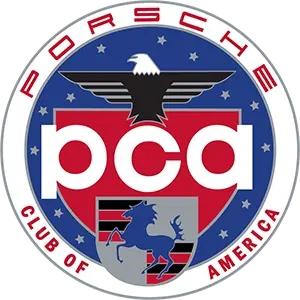Here’s how the 2020 Porsche Taycan is made
The Taycan is Porsche’s first production electric car, and while the underlying technology may be different from the Porsches that came before, the Taycan is still assembled in a factory just like any other car.
This detailed look (it’s nearly 30 minutes of raw footage) at the Taycan assembly line in Zuffenhausen, Germany, shows that, while some steps in the process are different, the Taycan is put together in much the same way as Porsche’s existing gasoline cars.
As with those gas cars, components are pieced together into subassemblies before being added to the chassis as it travels down the line. Except instead of flat-4, flat-6 and V-8 engines, workers are wrangling electric motors and battery packs. That means there are fewer overall parts involved, but also added steps to connect high-voltage wiring along the way.
Mechanical components–in this case the electric motors, battery pack, charging equipment, and suspension–are married to the body about halfway through the assembly process. It’s very similar to the way Porsche parent Volkswagen assembles cars based on its MQB platform, showing that the manufacturing efficiencies of modular platforms like MQB can carry over to electric cars.
Other steps of the process are virtually indistinguishable from the assembly process for gasoline cars. Taycan body shells are painted by robots and inspected by humans. Dashboards and seats are fitted. The powertrain is tested on a dynamometer.
Porsche is currently producing three Taycan variants: 4S, Turbo, and Turbo S. With a $105,150 starting price, the 4S is the de facto base model. Given Porsche’s traditional product cadence, a less-expensive model will likely be added below the 4S down the road.
Also keeping with tradition, the Turbo S is faster than the Turbo and 4S. The range-topping model boasts 750 horsepower and 774 pound-feet of torque with Launch Control, allowing for 0 to 60 mph in 2.6 seconds, according to Porsche.
While both the Turbo and Turbo S (along with long-range versions of the 4S), use the same 93.4-kilowatt-hour battery pack, the Turbo has a range advantage. EPA range ratings are 201 miles and 192 miles for the Turbo and Turbo S, respectively. The EPA hasn’t rated the 4S yet.
The Taycan will share its platform with at least two more electric cars. These will be production versions of the Audi E-Tron GT and Porsche Mission E Cross Turismo concepts. Porsche has also said that it will introduce an electric version of the Macan.
Please feel welcome to post here with any questions.
Jeremy Williams is the Oregon PCA Technical editor. He co-owns Matrix Integrated Inc. (Matrix Integrated Inc.) with his brother Justin. Jeremy can be reached at [email protected]






